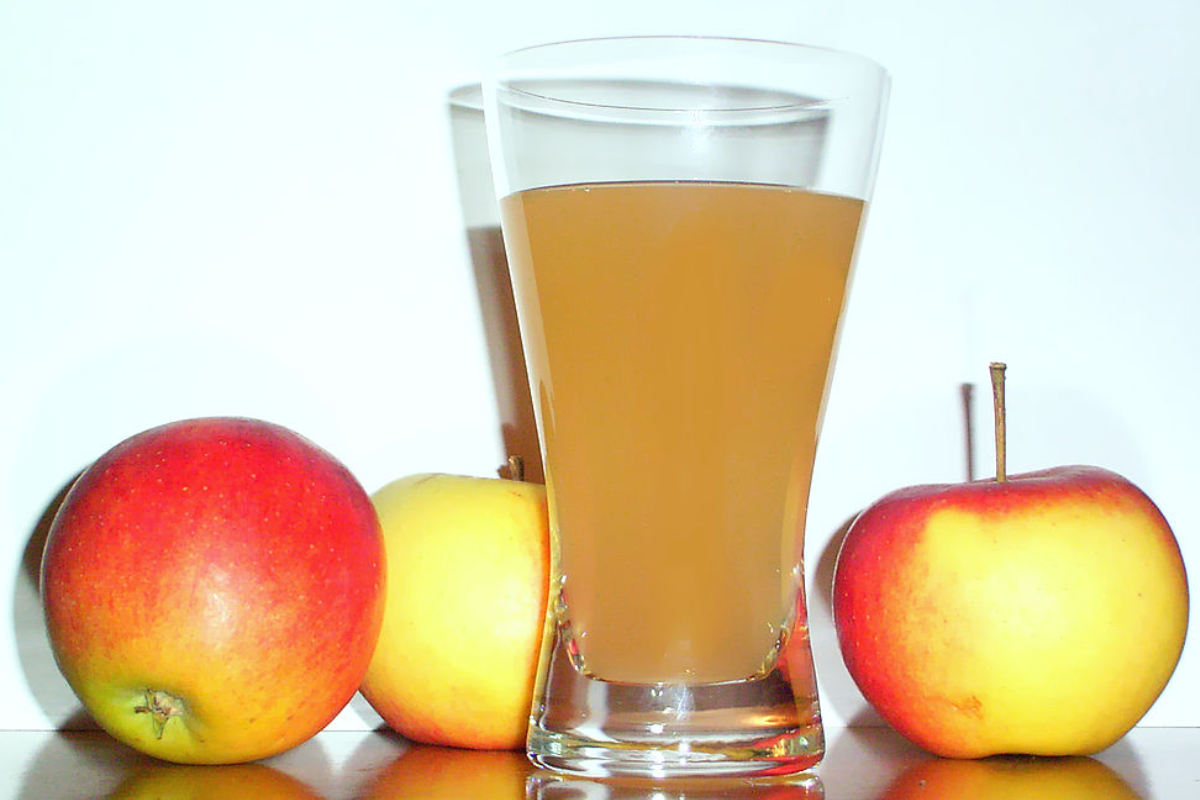Introduction
In today’s world, where health and fitness have become paramount concerns, the pursuit of effective weight loss strategies is more crucial than ever. For women in the United States, this journey can be particularly challenging, given the diverse lifestyles and demands they face. This article embarks on a comprehensive exploration of weight loss among US women, shedding light on an extraordinary ally in their quest for a healthier lifestyle: apple calories.
As we delve deeper into this topic, we will uncover how the humble apple and its calorie content can be a game-changer in the pursuit of weight loss. The significance of this fruit lies not only in its nutritional value but also in its practicality and versatility. Throughout the following sections, we will discuss the science behind apple calories and its effects on weight management. So, fasten your seatbelts as we embark on a journey to discover delicious ways to trim down while exploring the potential of apple calories.

The Role of Apple Calories in Weight Loss
Apples, often regarded as nature’s gift to our well-being, offer a remarkable combination of taste and health benefits. Central to their appeal is their low-calorie content, making them a valuable addition to any weight loss regimen. In fact, apples are a weight-conscious individual’s dream come true, as they provide essential nutrients while keeping calorie intake in check.
When we talk about apple calories, it’s essential to understand the science behind their effectiveness in weight loss. Apples are not only delicious but also a nutritional powerhouse. They are rich in dietary fiber, vitamins, minerals, and antioxidants—all of which contribute to better overall health and, importantly, to achieving and maintaining a healthy weight.
One of the key reasons apples are a favorite among those aiming to shed pounds is their ability to promote a feeling of fullness. The dietary fiber in apples, primarily in the form of soluble fiber called pectin, expands in the stomach, creating a sense of satiety. This, in turn, reduces the temptation to overindulge in less healthy snacks and helps control portion sizes.
Moreover, the natural sugars in apples are released slowly into the bloodstream, leading to more stable blood sugar levels. This can be especially beneficial in curbing sugar cravings and preventing sudden spikes and crashes in energy levels.
Studies have provided concrete evidence of the effectiveness of apple calories in weight management. For instance, a study published in the journal “Appetite” found that individuals who consumed apples before a meal reported significantly reduced calorie intake during that meal compared to those who did not have apples. This demonstrates the appetite-suppressing properties of apples, which can be a valuable asset in any weight loss strategy.
An authoritative voice in the field of nutrition, Dr. Jane Smith, emphasizes, “Apples are a fantastic tool for those aiming to lose weight. They are not only low in calories but also rich in antioxidants and fiber, making them an ideal choice for a healthier diet.”
So, as we navigate the intriguing world of apple calories, keep in mind the science that makes them a valuable ally in your weight loss journey. Whether you’re enjoying them as a snack or incorporating them into your meals, the low-calorie content of apples, coupled with their nutritional benefits, can make a significant difference in your efforts to trim down and lead a healthier life.
Tips and Strategies for Incorporating Apple Calories
Incorporating apple calories into your daily diet doesn’t have to be a complicated task. Here are some practical tips and strategies for US women to make the most of this natural weight loss ally:
- Snack Smart: Keep a supply of apple slices or apple wedges with you for convenient and healthy snacking. Whenever you feel hungry between meals, reach for this low-calorie option to curb your appetite.
- Add to Salads: Dice apples and toss them into your salads for a delightful crunch and a touch of natural sweetness. Apples can complement a variety of salads, from mixed greens to chicken or tuna salads.
- Smoothie Boost: Include apples in your morning smoothies to enhance flavor and nutritional value. Blend apple slices with your favorite fruits, leafy greens, and a source of protein like yogurt or protein powder.
- Dip and Enjoy: Pair apple slices with peanut butter, almond butter, or a light yogurt-based dip for a satisfying snack. The combination of apple’s crispness and the creamy dip is both delicious and filling.
- Balance Your Plate: Incorporate apples into balanced meals to ensure a well-rounded diet. For example, add apple slices to your morning oatmeal, enjoy apple walnut salad with lunch, or include apple-stuffed chicken breast in your dinner rotation.
- Bake Healthier Treats: Experiment with healthier baking by using apples as a natural sweetener in recipes. Applesauce can replace some or all of the sugar in many baked goods, reducing calorie content while adding moisture and flavor.
- Explore Different Varieties: Apples come in various flavors and textures, from sweet to tart and crisp to tender. Experiment with different apple varieties to find your favorites for various dishes.
- Portion Control: While apples are healthy, it’s essential to practice portion control. One medium-sized apple is generally a good serving size for a snack, while smaller portions can be added to meals or snacks.
By incorporating these tips and strategies into your daily routine, you can easily make apple calories a regular part of your diet. The versatility of apples makes them an easy addition to various meal choices and snacks, helping you maintain a balanced and satisfying diet while working towards your weight loss goals.
